
Keep up to date with our innovative initiatives.
Sign up here
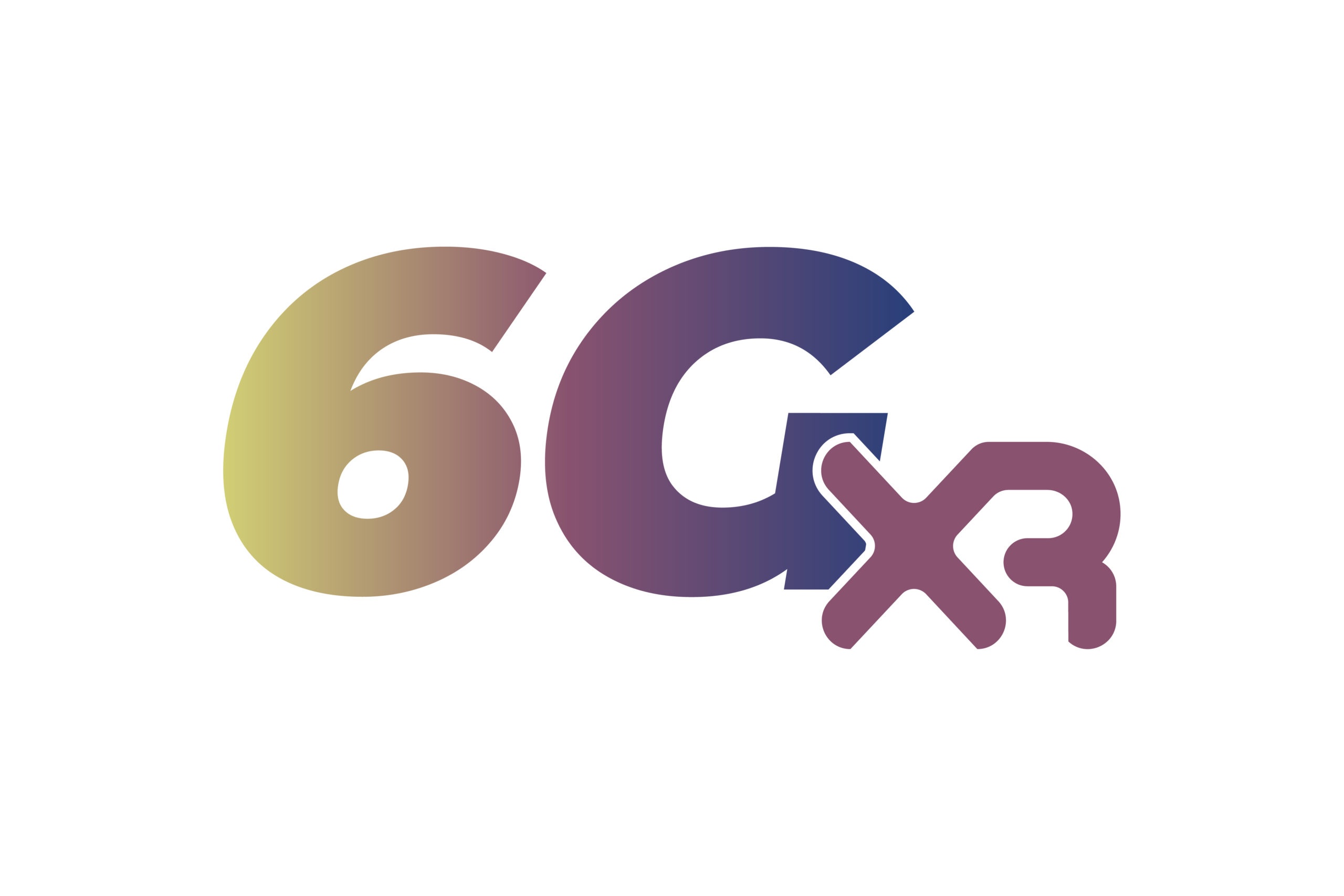
Started at: 01-01-2023
Ends on: 31-12-2025
Budget: € 9 421 131.75
Areas: Media Internet Area (MIA), Mobile Wireless Internet (MWI), Software Networks (SN)
6G-XR, 6G eXperimental Research infrastructure to enable next-generation eXtended Reality (XR9) services, is among the first selected projects to be funded under Horizon Europe’s European Smart Networks and Services Joint Undertaking (SNS JU), a public-private partnership that aims to enable the evolution of 5G ecosystems and promote 6G research in Europe. The main project’s ambition is to strengthen European leadership in 6G technologies by enabling next-generation XR services and infrastructures that will provide beyond- state-of-the-art capabilities towards the 6G era. The project will develop an experimental multisite Research Infrastructure (RI) to provide a validation platform for various 6G use cases by developing enablers for networking and computing, radio access technologies beyond 5G, enablers for XR services with in-build federation, trial management, abstraction tools as well as energy measurement frameworks.
Within the project, the i2CAT Foundation will lead Work Package 4 “Experimental RAN Infrastructure”, oriented at the deployment of 6G-XR’s beyond 5G cellular network infrastructure. This network will be built upon three fundamental (innovation) pillars:
– 3GPP evolutions beyond 5G.
– The adoption of open-source initiatives for radio network architecture and software.
– The use of disruptive 6G transmission technologies.
The RI will be distributed on different nodes located in Spain and Finland. The node in Spain will include the inter-connection between the i2CAT’s infrastructure in Barcelona and the 5TONIC infrastructure in Madrid, managed by Telefónica, Ericsson and Capgemini. Within this (toward) 6G RI and testbeds i2CAT will demonstrate how to enable and deploy next-generation multiuser holographic communications, with volumetric and realistic users’ representations (i.e. 3D holograms).
– Scientific: Produce high-quality knowledge on a 6G reference architecture natively supporting commonly used verticals, as well as on efficient mechanisms regarding orchestration (allocation, placement, etc) of XR and other services, on cellular/Wi-Fi interworking, E2E slicing across mobile networks, and on operational knowledge on 6G-capable radio, edge, MEC and data centre-based infrastructures’ deployment, interconnection and fine-tuning.
– Economic: Creation of new markets thanks to the introduced new technology enablers. Enlarge market shares of European industry and SMEs thanks to the adoption of 6G-XR results. Lower networks’ operational costs thanks to the energy preserving 6G-XR technologies. Users experiencing improved and more reliable services will be willing to pay more for better services. Foster innovation of European businesses through the validation in the experimental infrastructures, reduced time on adoption of newer technologies for the products in the pipeline of both established industry and SMEs.
– Societal: Lower CO2 emission and environmental impact thanks to 6G-XR proposed technologies. Better interaction of final users with 6G technology will cause a faster adoption and deployment of 6G services. Availability of more human-like interactions thanks to the XR-related enhancements will improve the perceived usefulness of 6G technologies. Reduced time to market on products coming out of tested verticals, both targeting individual (e.g., conferencing) or industry (e.g., digital twins) customers.
Funded by the European Union. Views and opinions expressed are however those of the author(s) only and do not necessarily reflect those of the European Union or the Smart Networks and Services Joint Undertaking as granting authority. Neither the European Union nor the granting authority can be held responsible for them.
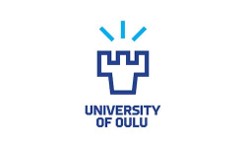
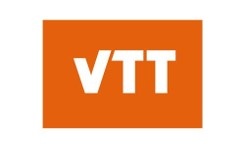



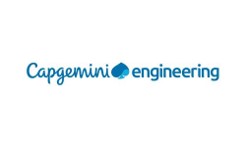
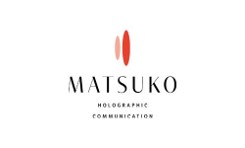
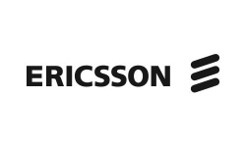
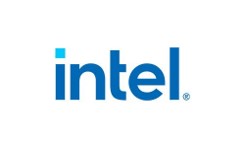
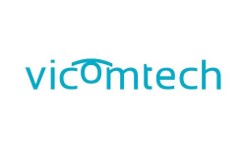
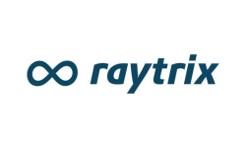
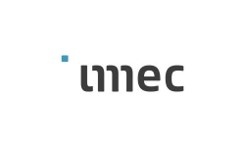
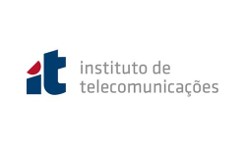
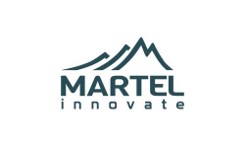



6G-XR project has received funding from the Smart Networks and Services Joint Undertaking (SNS JU) under the European Union's Horizon Europe research and innovation programme under Grant Agreement N° 101096838